Have you ever watched a child dance in the middle of a supermarket, giggle uncontrollably over a silly joke, or cry one minute and be perfectly content the next? Children live with an openness, joy, and presence that often seems to slip through our fingers as we grow older.
Research in psychology and neuroscience confirms that many of the behaviors children exhibit naturally are actually aligned with what leads to long-term happiness and mental well-being. Children have something many of us are still chasing: a deeply rooted sense of joyful presence.
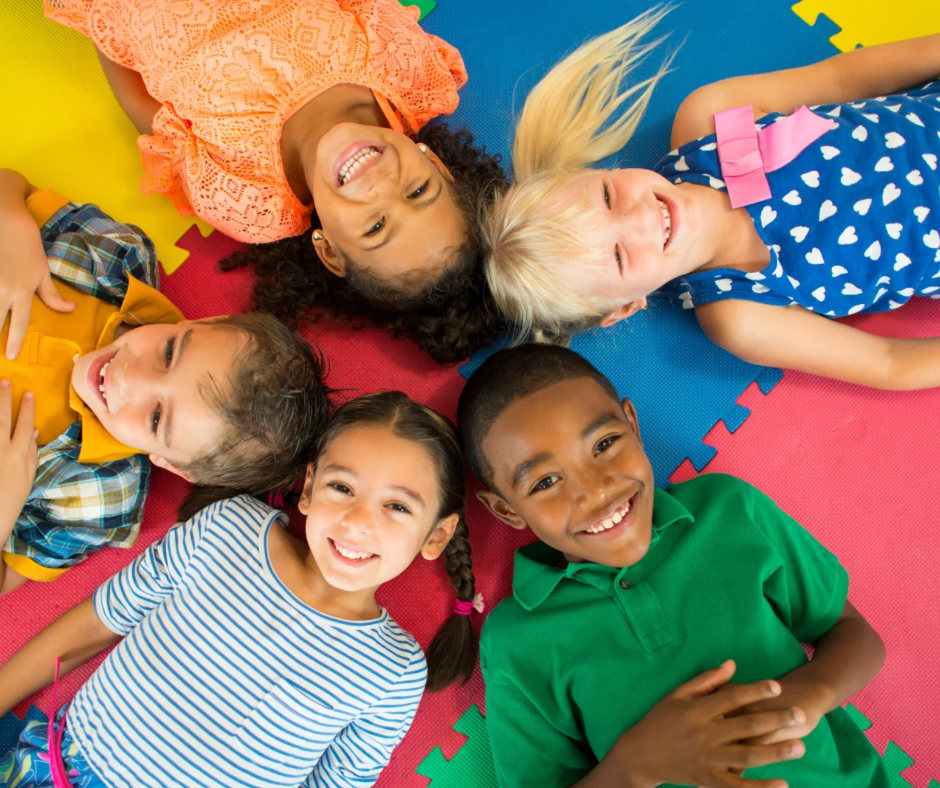
In this post, we’ll explore 20 life-changing happiness lessons we can learn from children, each backed by science and psychology. These lessons will remind you not only of what you may have lost, but also of what you can regain. Whether you’re looking to slow down, feel more alive, or simply reconnect with your joy, this list is your guide.
The Science Behind Childlike Joy
Before we dive into the lessons, let’s take a quick look at the research.
- Positive Psychology: According to Martin Seligman, happiness is rooted in five elements (PERMA): Positive Emotion, Engagement, Relationships, Meaning, and Accomplishment. Children intuitively engage with many of these elements daily.
- Neuroplasticity: Children’s brains are highly adaptable. The activities they engage in play, laughter, curiosity and flood the brain with neurotransmitters like dopamine and oxytocin. Good news: adult brains can benefit from the same.
- Harvard’s Center on the Developing Child highlights that secure, joyful early experiences strengthen neural connections that promote resilience, emotional regulation, and future well-being.
20 Happiness Lessons from Children
1. Be Present in the Moment
Children don’t ruminate about yesterday or worry about tomorrow. They’re immersed in whatever they’re doing, be it coloring, running, or building a pillow fort.
📚 Backed by: Mindfulness research shows that present-moment awareness boosts happiness, reduces anxiety, and strengthens emotional health (Kabat-Zinn, 2003).
Try This: Practice mindful eating, walking, or even brushing your teeth. Engage all your senses.
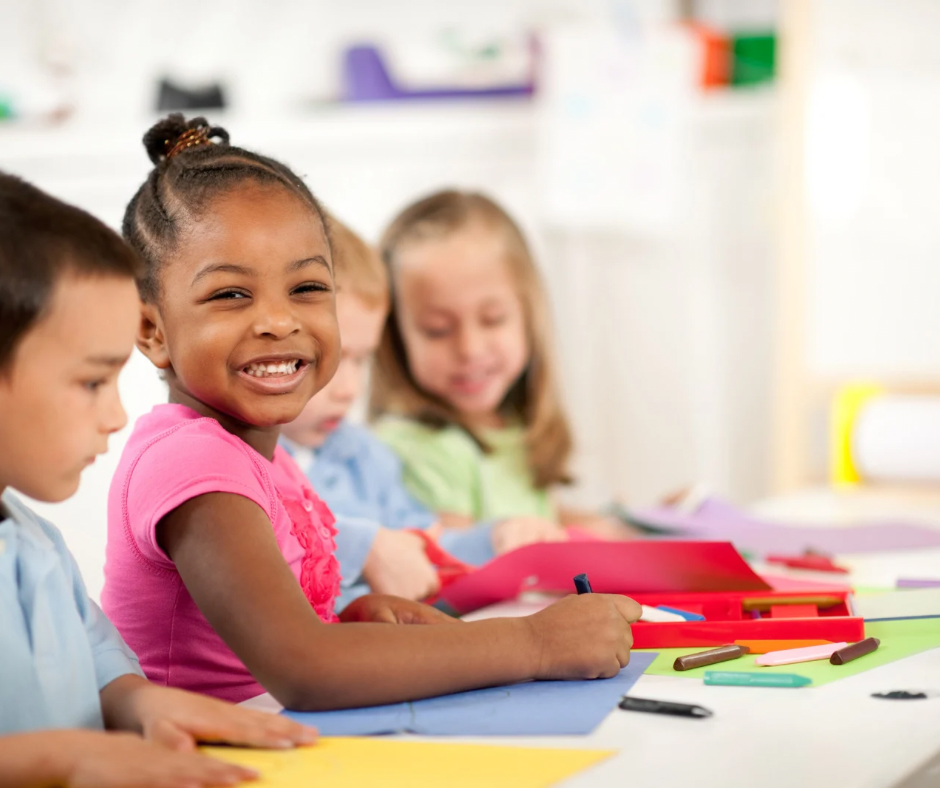
2. Express Emotions Freely
Children cry when they’re sad, laugh when they’re happy, and hug when they feel love. There’s no bottling up.
📚 Backed by: Emotional suppression is linked to increased stress, anxiety, and even physical illness. Expressing feelings authentically leads to better emotional health (Gross & John, 2003).
Try This: Journal your emotions daily or talk openly with someone safe.
3. Laugh Often and Loudly
Kids laugh hundreds of times a day, adults only 10–15. Laughter isn’t just fun, it’s medicine.
📚 Backed by: Laughter releases endorphins, lowers stress hormones, and boosts immunity (Bennett et al., 2003).
Try This: Watch a funny movie, hang out with a hilarious friend, or practice laughter.
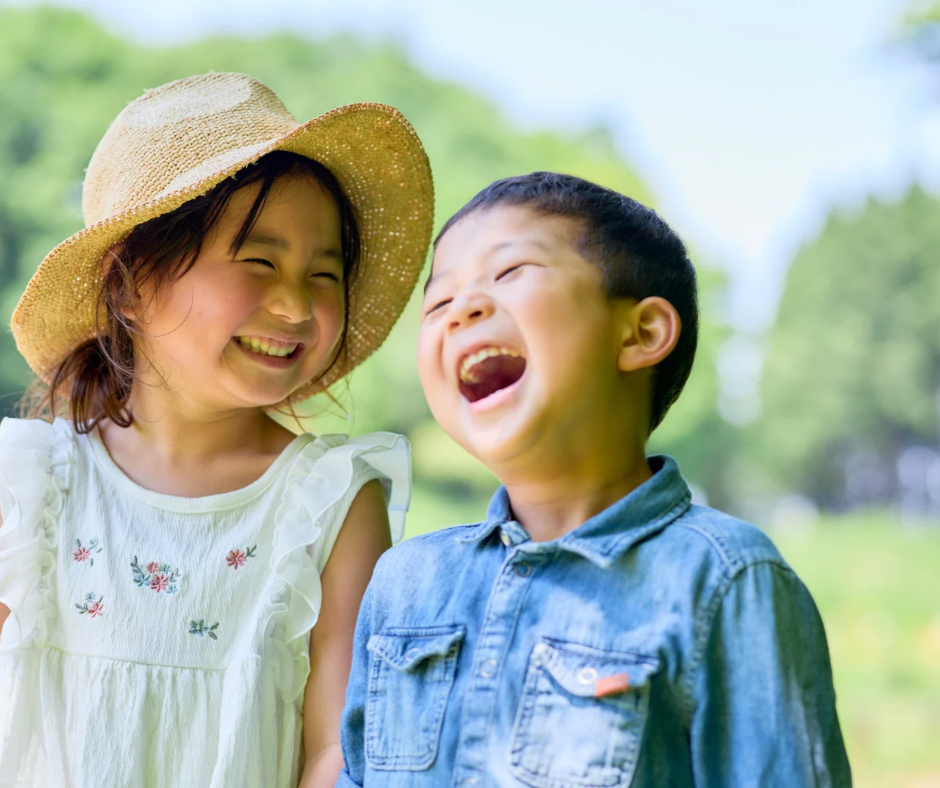
4. Find Joy in Small Things
Whether it’s a butterfly, a balloon, or a puddle—children find magic in the ordinary.
📚 Backed by: Practicing gratitude for small pleasures increases happiness and life satisfaction (Emmons & McCullough, 2003).
Try This: Keep a daily “3 joys” list—tiny things that made you smile.
5. Ask Questions and Stay Curious
Children are curious about everything. That curiosity fuels creativity and wonder.
📚 Backed by: Lifelong learning and curiosity are linked to greater well-being and even longevity (Kashdan et al., 2004).
Try This: Read something new daily or ask more “why” questions.
6. Play Every Day
Play is children’s full-time job, but adults often neglect it. Yet play isn’t frivolous—it’s fundamental.
📚 Backed by: Play reduces stress, enhances creativity, and improves problem-solving skills (Brown & Vaughan, 2009).
Try This: Try adult play—sports, board games, dancing, painting, or creative hobbies.
RELATED POST: 10 Elegant Hobbies Every Woman Should Try
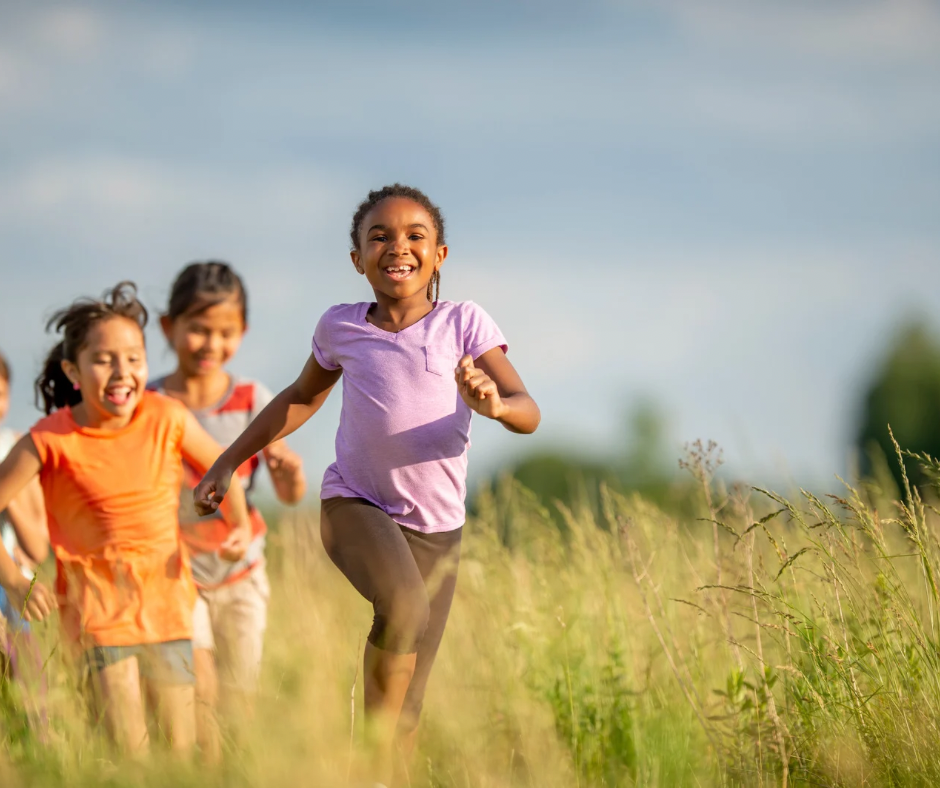
7. Forgive Quickly
Children can argue one minute and be best friends the next. They don’t carry grudges.
📚 Backed by: Forgiveness reduces depression, improves relationships, and boosts well-being (Worthington et al., 2007).
Try This: Let go of a lingering resentment today. Journal it out or pray through it.
8. Love Without Conditions
Children love fully—with no expectations or reservations.
📚 Backed by: Unconditional love and secure attachment are essential for emotional regulation and resilience (Bowlby, 1988).
Try This: Practice radical acceptance. Remind your loved ones you care—no matter what.
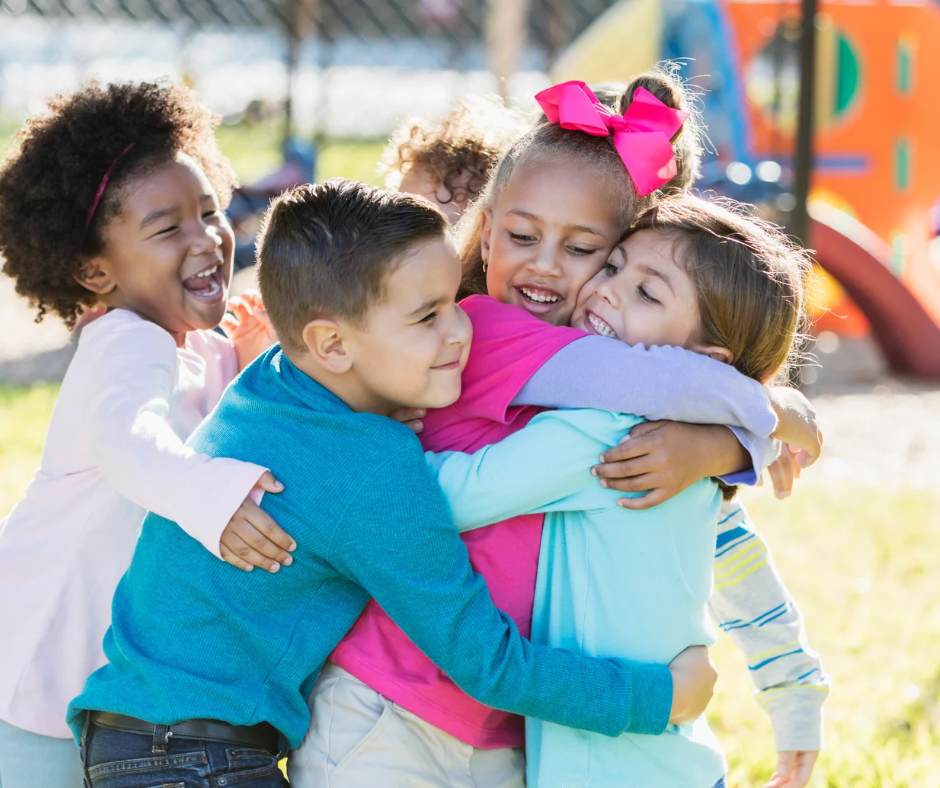
9. Move Your Body Often
Children jump, climb, crawl, and dance—movement is natural and frequent.
📚 Backed by: Regular movement boosts serotonin, dopamine, and endorphins (Ratey, 2008).
Try This: Take movement breaks. Add dance parties, walks, or stretching to your routine.

10. Connect Deeply
Children crave connection, affection, and eye contact.
📚 Backed by: Strong relationships are one of the greatest predictors of happiness (Harvard Grant Study, 2017).
Try This: Have a tech-free heart-to-heart with someone you care about today.
11. Speak Honestly
Kids say what they think (often hilariously). They don’t wear masks.
📚 Backed by: Authenticity is associated with greater well-being, confidence, and lower anxiety (Sheldon et al., 1997).
Try This: Be honest about your needs. Speak with kindness but clarity.
12. Take Naps and Rest
Children know when they’re tired and stop. Adults push through.
📚 Backed by: Naps improve mood, cognitive performance, and even creativity (Mednick et al., 2002).
Try This: Rest before you burn out. Prioritize sleep hygiene.

13. Be Okay with Being Silly
Children don’t worry about what others think when they’re goofy—they’re just being.
📚 Backed by: Playful behavior and humor are strongly linked to life satisfaction and social connection (Proyer, 2014).
Try This: Be silly on purpose—sing out loud, make silly faces, or embrace a playful mindset.
14. Stay Optimistic
Children believe anything is possible—they dream big and try fearlessly.
📚 Backed by: Optimism improves physical and emotional health and reduces the risk of depression (Seligman, 2006).
Try This: Reframe negative thoughts. Ask, “What’s the best possible outcome?”
15. Celebrate Everything
From tiny victories to birthdays, children find endless reasons to celebrate.
📚 Backed by: Rituals and celebration reinforce meaning, joy, and social connection (Norton & Gino, 2014).
Try This: Create mini-celebrations in your daily life—finish a task? Celebrate!
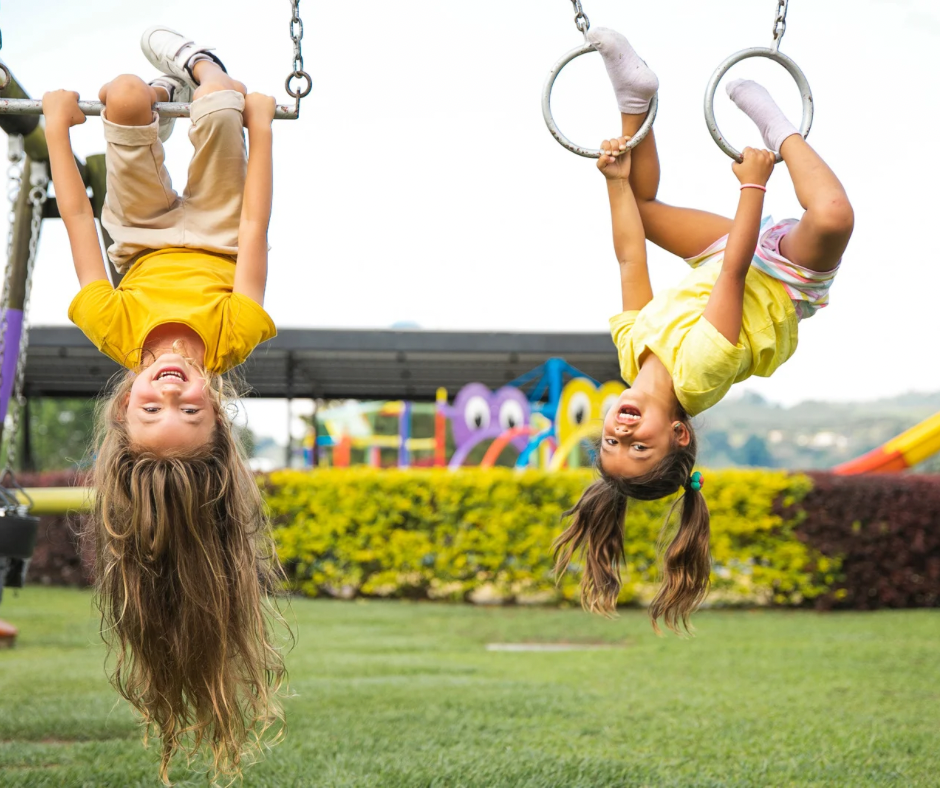
16. Say What You Need
Children ask for snacks, cuddles, help—without shame.
📚 Backed by: Assertiveness and clear communication lower stress and strengthen relationships (Jakubowski & Lange, 1978).
Try This: Ask for what you need—help, time off, affection—clearly and kindly.
17. Live with Wonder
The world is magical to a child. They live in awe of clouds, bubbles, and bugs.
📚 Backed by: Experiences of awe reduce stress and increase generosity and well-being (Keltner & Haidt, 2003).
Try This: Go outside. Watch the sky. Be amazed on purpose.
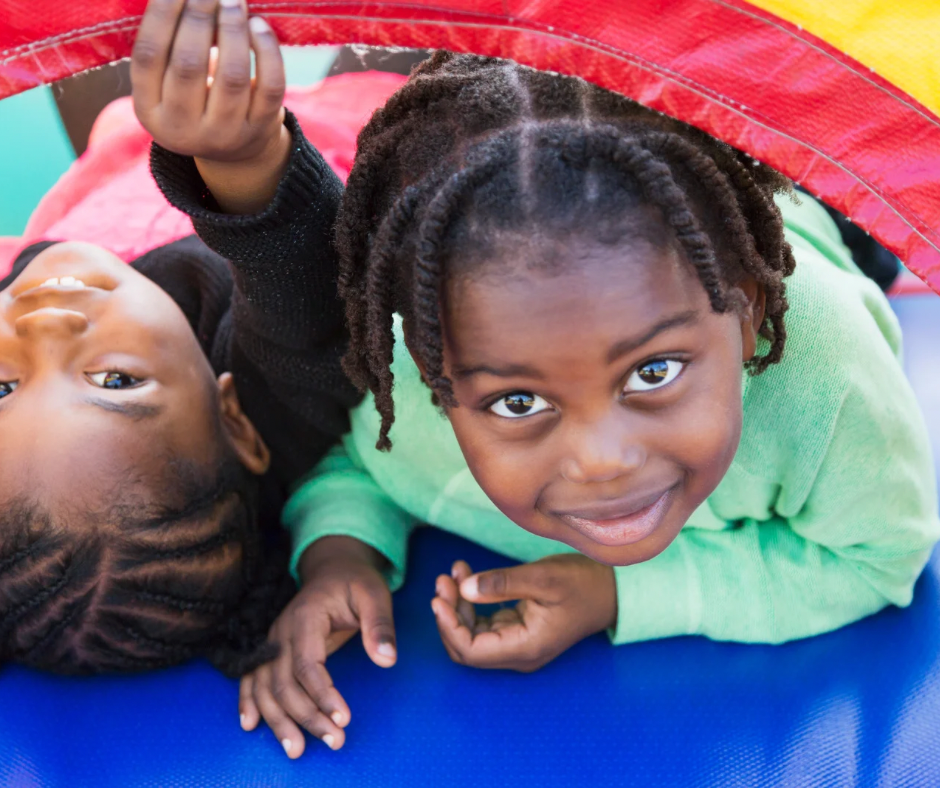
18. Learn Through Mistakes
Children fall, fail, try again—and never feel ashamed about learning.
📚 Backed by: Growth mindset leads to greater resilience, motivation, and happiness (Dweck, 2006).
Try This: Replace “I failed” with “I learned.” Reflect without judgment.
19. Trust Instincts and Intuition
Children haven’t learned to override their gut feelings. They follow their inner compass.
📚 Backed by: Intuition often guides better decisions than overthinking (Gigerenzer, 2007).
Try This: Slow down and listen to your body and gut before making a decision.
20. Believe in the Good
Children are naturally trusting and hopeful. They believe the world is good.
📚 Backed by: High levels of trust and hope correlate with happiness, resilience, and better health (Erikson, 1963; Snyder, 2002).
Try This: Start the day with a hopeful affirmation or prayer. Choose to believe in good.
Final Reflection: Rediscovering Joy Through Childlike Eyes
You were once that joyful, curious, loving child—and deep down, you still are. The demands of adulthood don’t erase the simple truths children teach us. If anything, they make those truths even more essential.
By applying just a few of these lessons—being present, playing more, expressing your needs, forgiving, and staying curious—you’ll begin to notice a profound shift in your mental and emotional health.
Happiness isn’t just about achieving more or being “on” all the time. It’s about returning to what you already know deep down: life is full of small, sacred joys. Sometimes the best guide isn’t a guru or expert—but the child inside you.
Try This: Choose one lesson from this list to focus on each day for the next 20 days. Journal your experience or share it on social media using a hashtag like #HappinessLikeAChild.
Subscribe to our newsletter for more grounded wellness tips and joyful living inspiration!
YOU MAY ALSO LIKE
- Longevity as a Lifestyle: How to Live Longer, Healthier, and More Vibrantly

- The Secret to Longevity: How to Live Longer, Healthier, and Happier

- The Ancient Head-to-Toe Self-Care Ritual for Longer Hair & Glowing Skin (Inspired by Timeless Beauty Traditions)

- Ancient Morning Rituals for Longevity: How to Start Your Day Like Our Ancestors

- The Ancient Longevity Blueprint: Timeless Secrets to Living Longer, Healthier, and Happier

BROWSE FOR MORE
Leave a Reply